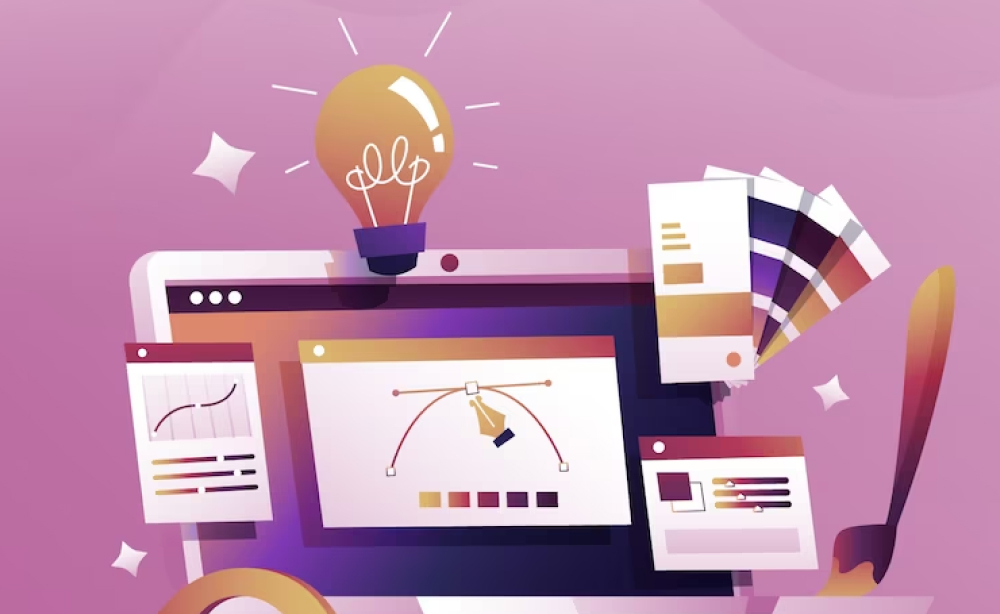

stands for User Interface and User Experience design, respectively. These two elements, while often clubbed together, address distinct aspects of the product design process, with the primary objective of ensuring a user-friendly, intuitive, and aesthetically pleasing interface for digital products.